Yoga Blog
Exploring Bhastrika: A Yoga Guide to the Power of Bellows Breath
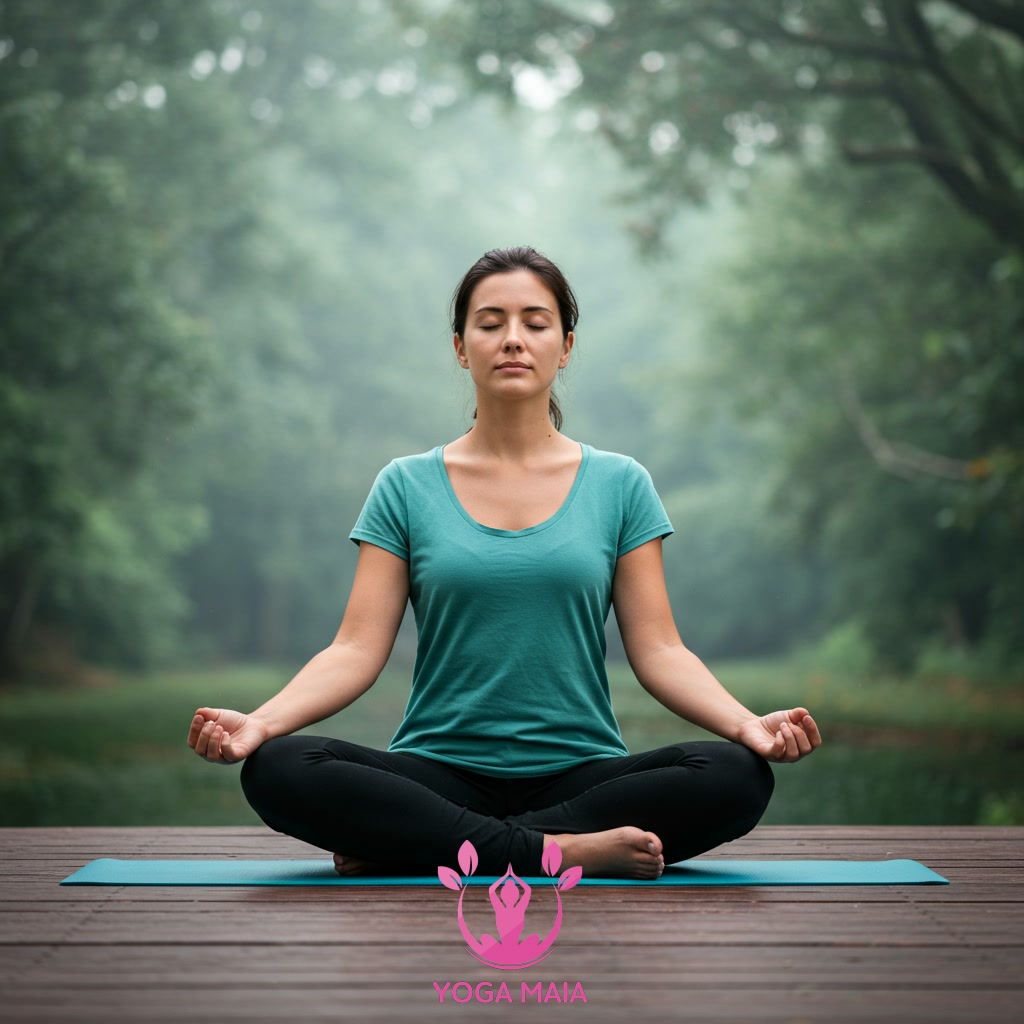
This content explores Bhastrika, also known as Bellows Breath, a powerful technique within yoga. It serves as a guide explaining this specific pranayama practice. The exploration delves into its methods and potential benefits.
Table of Contents
- Section 1: Introduction to Bhastrika: The Power of Bellows Breath in Yoga
- Section 2: Understanding Bhastrika: What is Bellows Breath?
- Section 3: Key Benefits of Practicing Bhastrika Pranayama
- Section 4: Step-by-Step Guide: How to Practice Bhastrika Safely
- Section 5: Precautions, Contraindications, and Modifications
- Section 6: Integrating Bhastrika into Your Yoga Practice
Section 1: Introduction to Bhastrika: The Power of Bellows Breath in Yoga
Bhastrika, often translated as “Bellows Breath,” is a dynamic and powerful pranayama (breathing technique) central to many yoga practices. Unlike gentle, calming breaths, Bhastrika involves rapid, forceful inhalations and exhalations, mimicking the action of a blacksmith’s bellows. This vigorous rhythmic breathing is designed to quickly increase oxygen intake and expel carbon dioxide, generating heat and energy within the body. As an introductory practice, understanding Bhastrika means recognizing its intensity and its primary purpose: to energize the system, clear the nasal passages, and prepare the mind and body for deeper yogic practices. It’s a technique that demands conscious control and awareness of the breath’s power, making it a significant step in exploring advanced pranayama.
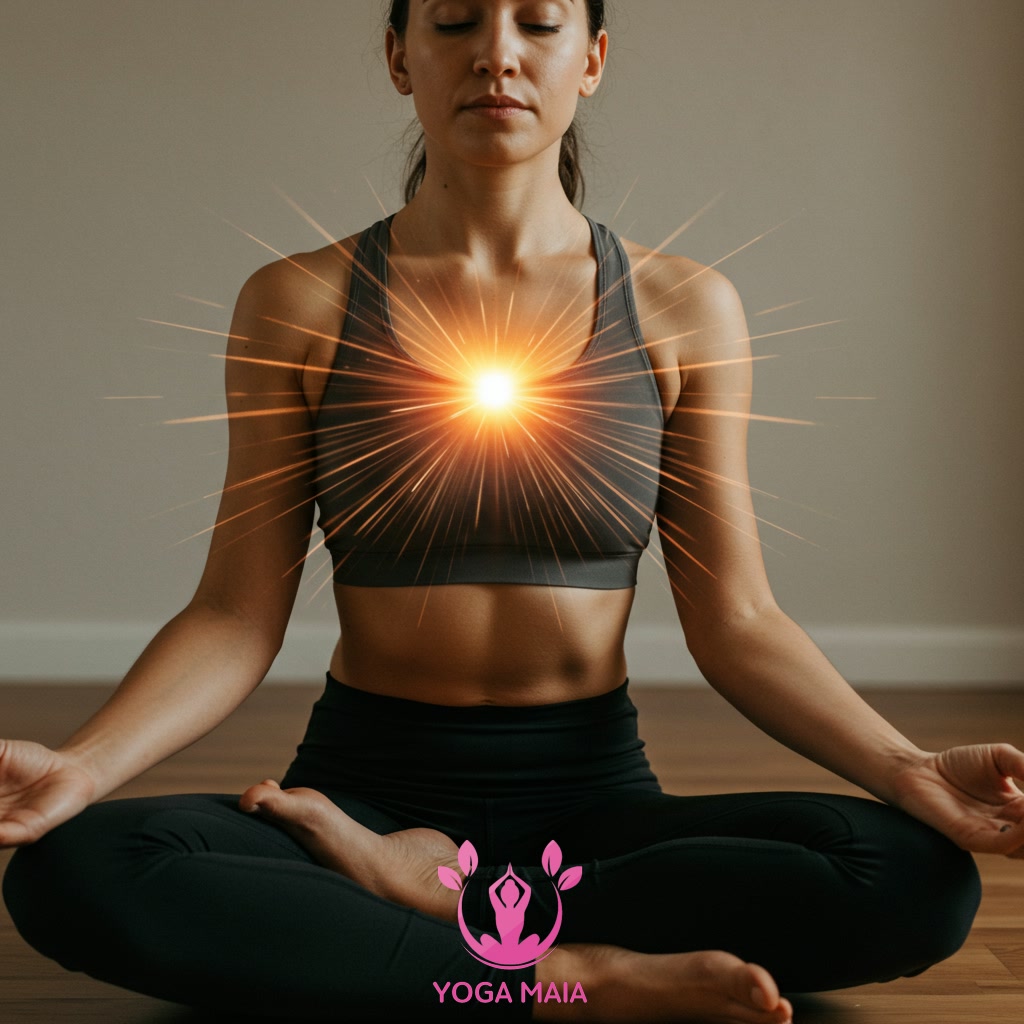 Introduction to Bhastrika: The Power of Bellows Breath in Yoga
Introduction to Bhastrika: The Power of Bellows Breath in Yoga
Section 2: Understanding Bhastrika: What is Bellows Breath?
Understanding Bhastrika means grasping its core mechanism, which gives it the name “Bellows Breath.” Just like a blacksmith’s bellows forcefully pump air in and out to stoke a fire, Bhastrika involves rapid, equal, and forceful inhalations and exhalations. This powerful action is primarily driven by the diaphragm and abdominal muscles, creating a distinct pumping motion in the belly area. Each breath is complete and deliberate, unlike the passive exhalation in Kapalabhati. The technique aims to generate heat and energy within the body by quickly exchanging air in the lungs, often described as cleansing the respiratory passages and energizing the system.
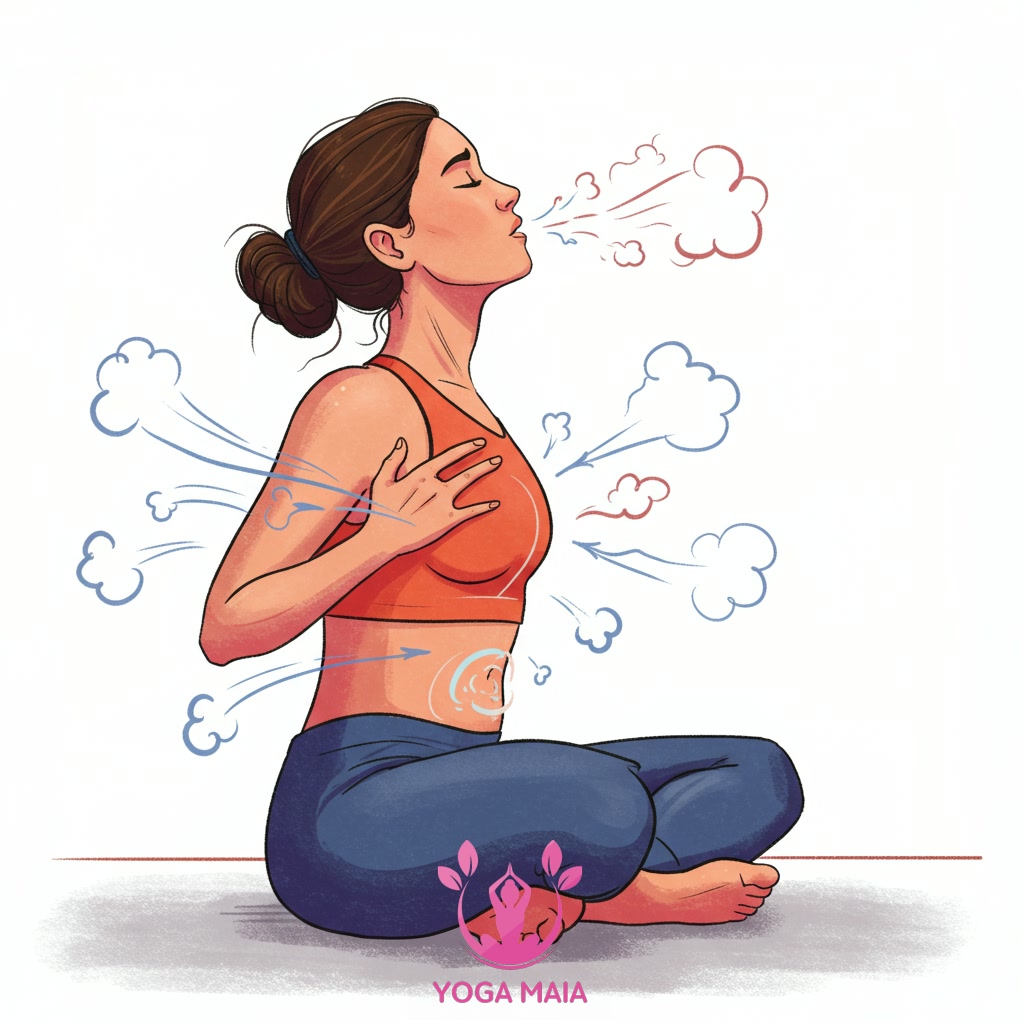 Understanding Bhastrika: What is Bellows Breath?
Understanding Bhastrika: What is Bellows Breath?
Section 3: Key Benefits of Practicing Bhastrika Pranayama
Practicing Bhastrika Pranayama offers a range of significant benefits for both the physical and mental systems. By rapidly pumping air in and out, this technique effectively increases the intake of oxygen, which in turn enhances blood circulation throughout the body. This improved oxygenation can lead to a noticeable boost in energy levels, helping to combat lethargy and promote vitality. Furthermore, the dynamic nature of Bhastrika can help clear the respiratory passages, supporting lung capacity and overall breathing efficiency. Mentally, the vigorous exhalation helps to release accumulated tension and stress, promoting a sense of calm and mental clarity. Regular practice is often associated with improved focus and a more balanced emotional state, making it a valuable tool for overall well-being beyond just physical health.
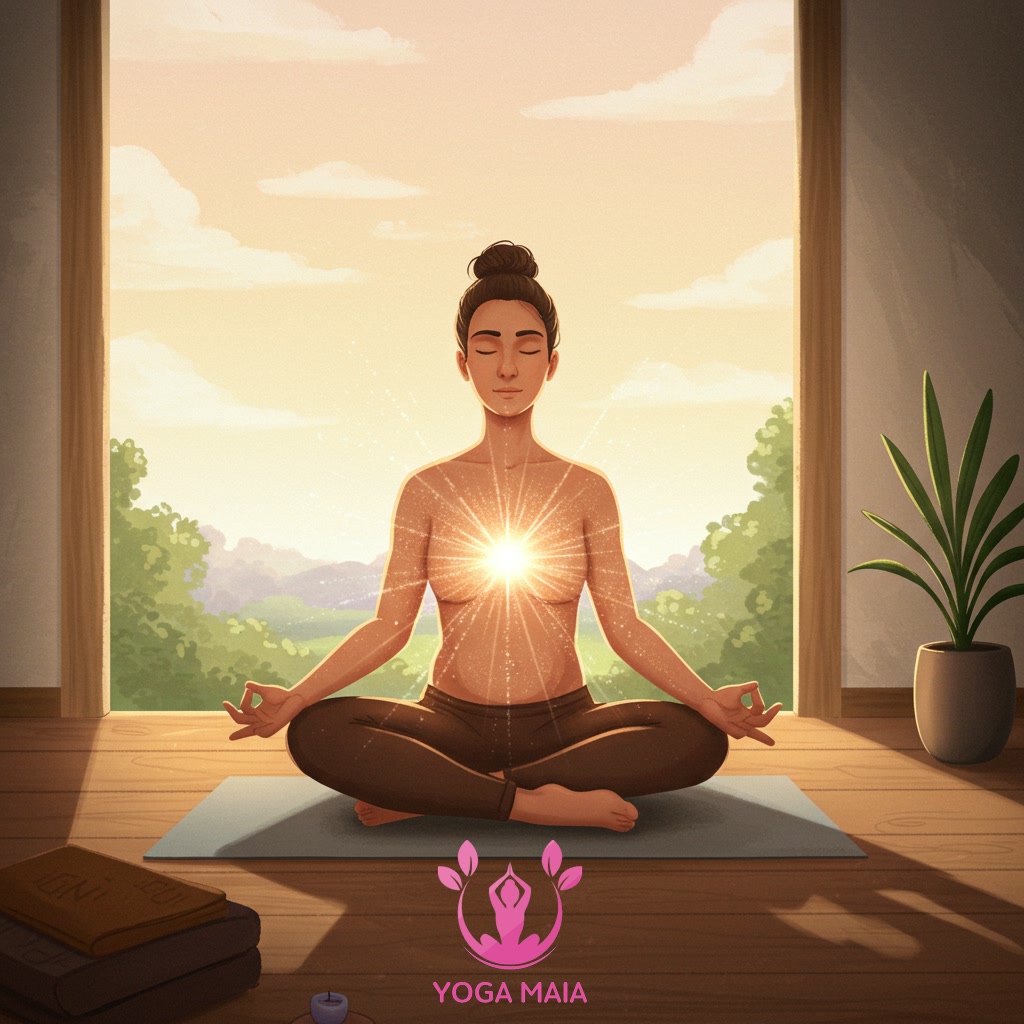 Key Benefits of Practicing Bhastrika Pranayama
Key Benefits of Practicing Bhastrika Pranayama
Section 4: Step-by-Step Guide: How to Practice Bhastrika Safely
Building upon the understanding of Bhastrika’s benefits, mastering the technique itself requires a clear, step-by-step approach performed with mindful awareness to ensure safety and efficacy. Begin by sitting in a comfortable, stable meditative posture such as Sukhasana (Easy Pose) or Padmasana (Lotus Pose), ensuring your spine is erect and relaxed. Rest your hands on your knees, perhaps in Gyan Mudra. Close your eyes gently. The core of Bhastrika involves rapid, forceful inhalations and exhalations through both nostrils, driven by the diaphragm. The abdomen should visibly move in and out with each breath – expanding on the inhale and contracting sharply on the exhale. Start with short rounds, perhaps 10-20 breaths, followed by a normal breath or gentle retention. Gradually increase the number of breaths per round as you become comfortable. Always listen to your body; if you feel dizzy or uncomfortable, stop immediately. Consistency and gradual progression are key to safely integrating this powerful breathwork into your practice.
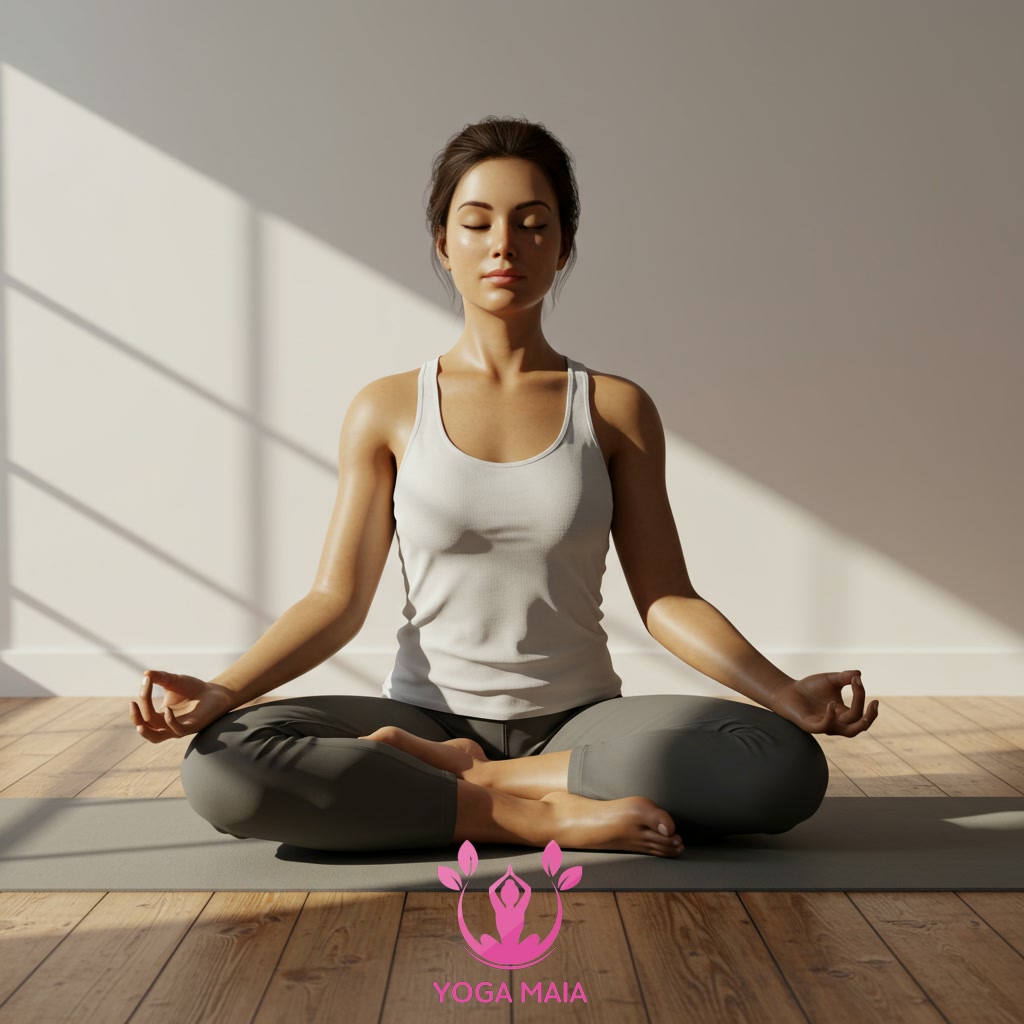 Step-by-Step Guide: How to Practice Bhastrika Safely
Step-by-Step Guide: How to Practice Bhastrika Safely
Section 5: Precautions, Contraindications, and Modifications
While Bhastrika offers significant benefits within yoga practice, it is crucial to approach this powerful pranayama with awareness of potential precautions and contraindications. Individuals with high blood pressure, heart conditions, epilepsy, hernia, gastric ulcers, or during pregnancy should generally avoid this technique or practice only under the direct supervision of a highly experienced teacher. Those new to Bhastrika should start slowly, with fewer rounds and less intensity, paying close attention to their body’s response. Modifications may include practicing without retention (kumbhaka) or reducing the force of the exhalations. Always listen to your body; if you feel dizzy, lightheaded, or experience any discomfort, cease the practice immediately. Consulting with a healthcare provider before starting any new breathing technique, especially with pre-existing conditions, is always recommended to ensure safe yoga practice.
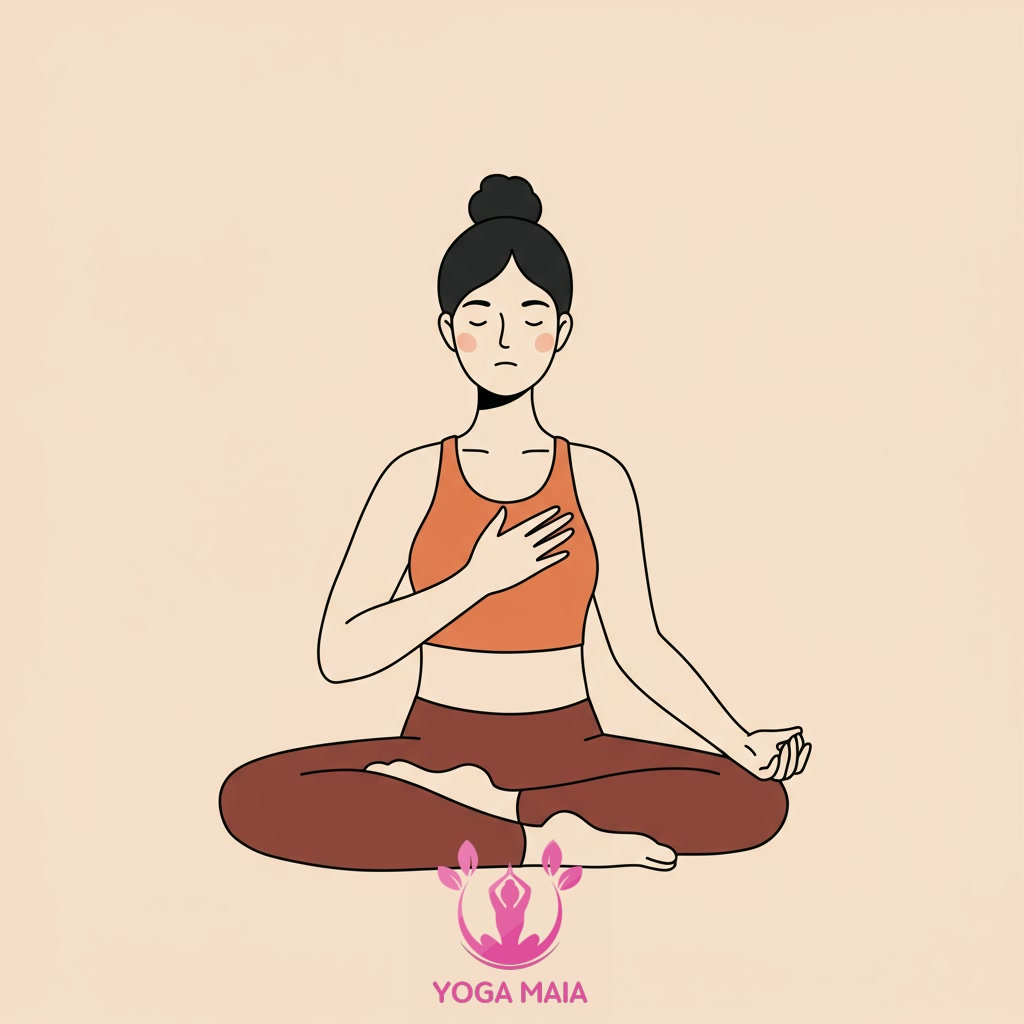 Precautions, Contraindications, and Modifications
Precautions, Contraindications, and Modifications
Section 6: Integrating Bhastrika into Your Yoga Practice
Integrating Bhastrika effectively into your yoga practice requires mindful consideration of its placement within your sequence. Given its energizing nature, it is often best practiced after warming up but before deep relaxation or meditation. You might incorporate it after a few rounds of Sun Salutations or gentle stretches, using it to build heat and focus. Consider practicing Bhastrika while seated comfortably, perhaps in Sukhasana or Padmasana, ensuring a stable base to support the vigorous breathing. Alternatively, experienced practitioners might explore integrating a few rounds during specific poses that allow for an upright spine and steady breath. Always listen intently to your body, adjusting the intensity and duration based on your energy levels and the flow of your overall practice, honoring the principles of Ahimsa (non-harming).
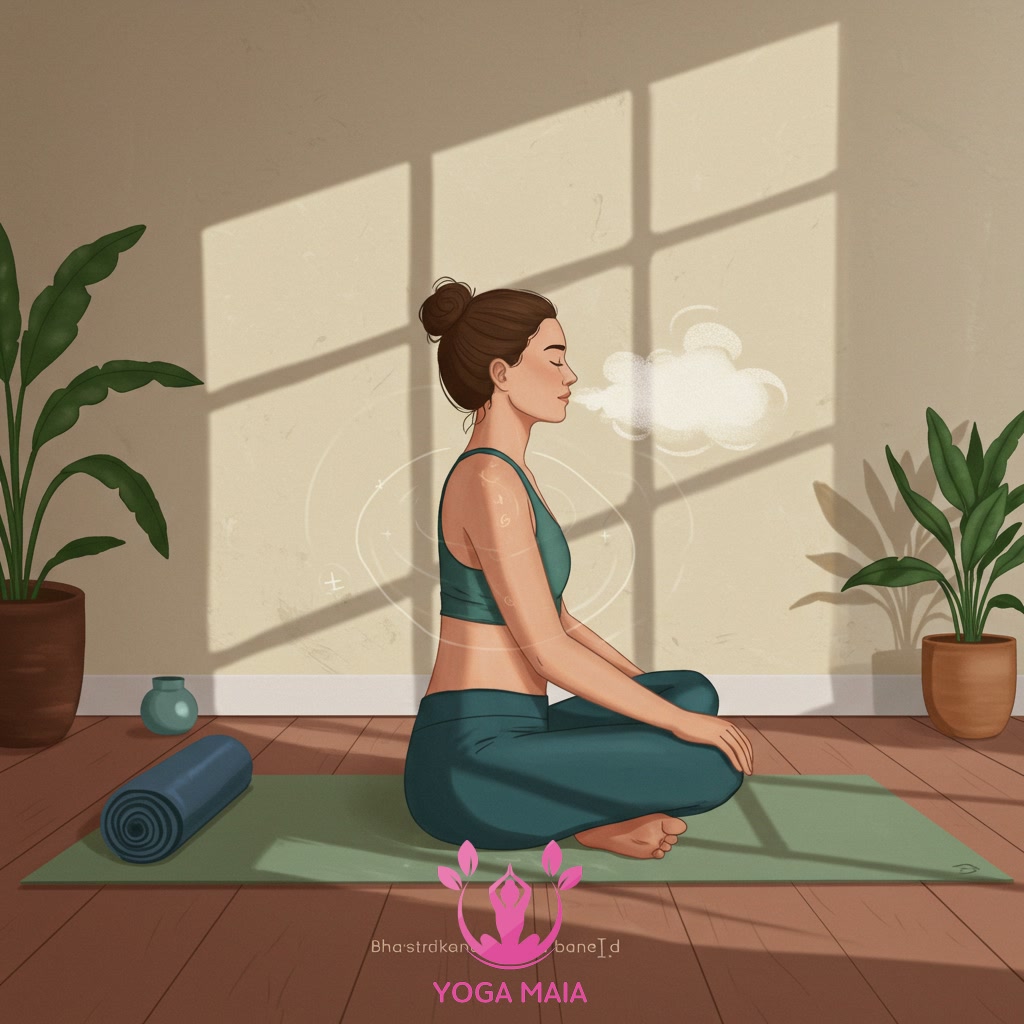 Integrating Bhastrika into Your Yoga Practice
Integrating Bhastrika into Your Yoga Practice












